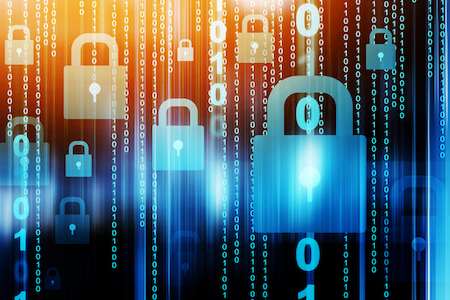
Using Encryption to Protect Your Computer
No matter how complex your computer password is, it isn’t enough to stop a thief from using other methods to steal your personal information if they find or steal your computer.
A strong password may prevent someone from logging into your computer, but thieves can remove the hard drive and put it into another computer to access your files. They can also find other ways to copy files off the computer, and may even be able to reset the password and gain access to email, passwords and other personal information.
Encryption can help by jumbling data on important files or whole devices using a mathematical process. The encrypted areas can only be accessed with a password, known as a key; thieves won’t be able to reset the password if the device is encrypted.
To encrypt your hard drive, you can use a free program such as VeraCrypt or do it yourself in a few minutes through programs already installed on Windows and Apple computers. Search “How to encrypt” on your computer and follow the simple directions.
Windows computers have a “Device Encryption” area in the System folder. Users must log into Windows with a Microsoft account.
If your computer doesn’t support device encryption, you can use another built-in encryption tool called BitLocker. It’s available only on Professional versions of Windows and above, though Home edition users can upgrade for $99.
Mac laptops are also easy to encrypt. A feature called FileVault encrypts an entire system drive and can be turned on in the Security & Privacy section under Preferences.
Don’t store the encryption key (password) on the computer being encrypted. Instead, save it in a safe place in case you ever get locked out. Write it down and don’t put it out in plain sight. Better yet, lock it in a physical safe that only you can access. Without the password, you won’t be able to retrieve your information online if your computer is lost or stolen.
Modern iPhones and Android phones automatically encrypt data if a PIN or password is used. Encryption only needs to be turned on with a desktop or laptop computer.
Along with encryption, you should keep a good backup of your data on another hard drive—which you should also encrypt—or with a cloud service that keeps your data secure.


